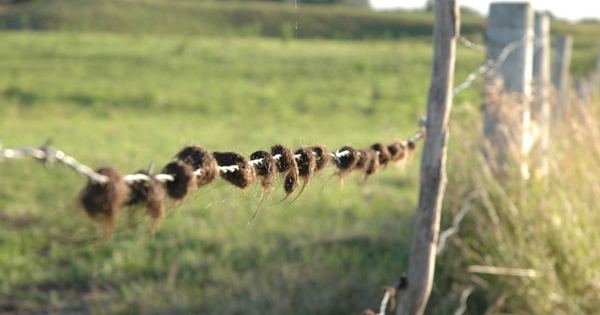Richnm
Well-known member
My neighbor has 40 acres of dormant alfalfa that's about 8 inches tall mixed with some wild grass. The property has a has a partial barb wire fence. He will let me graze it til it's gone. He has an electric fence that he is willing to put up. My questions.
How effective are electric fences ?
Do I need to train the cows prior ? Thanks
How effective are electric fences ?
Do I need to train the cows prior ? Thanks

